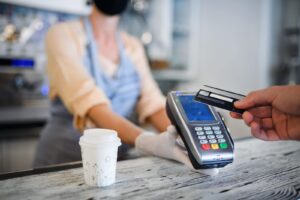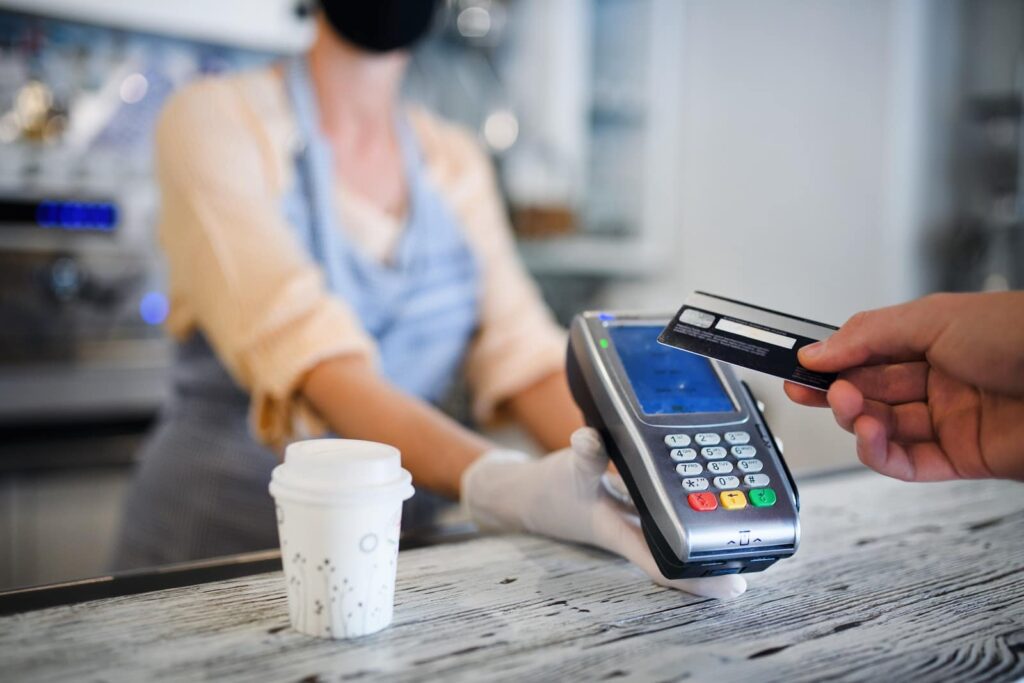Although the coronavirus’ presence will likely diminish over time, its impact on the retail space and beyond could have everlasting effects. Due to COVID-19, there has been a noticeable shift in customer expectations in retail related to preferences, habits, and behaviors. To ignore these vital shifts in consumer behavior and remain unvarying as a retailer could result in lost customers in both the short and long term.
Attentive retailers that noticed these recent developments and evolved to meet consumers’ wants, needs, and expectations, however, have the best chance of not only retaining their preexisting customer base, but also attracting new customers.
5 Retail Customer Expectations Likely to Outlive the Pandemic
At first, it was a shock for Americans to suddenly find themselves working remotely or homeschooling their children, but many people have found they actually prefer it. The same can be said for retail, where the last three months have been anything but “business as usual”—but, in some ways, the changes have been welcome, and even have staying power in the everchanging retail space.
To stay ahead of the retail commerce curve, these five popular customer expectations should be integrated into your retail business model:
Contactless Delivery
There have been a number of different approaches to contactless delivery, such as using an app to “check-in” upon arrival or having a runner place the purchase on the driver’s side seat through the window while donning a mask. On the tech side, companies have also been experimenting with robots and drones to facilitate completely contactless transfers without slowing down in-store retail operations. Not to mention that contactless methods of payment are expected to increase significantly in the coming year.
Streamlined Inventory Management
Back in March, consumer complaints about ransacked store shelves were rampant and the lack of toilet paper became a running gag. Nearly all consumers noted scarcity in hand sanitizer, bottled water, medical items, and canned goods. For retailers, these shortages shook the foundation of trust they had worked so hard to build with consumers.
Due to the lack of availability at some big-box retailers and grocers, shoppers frequented drug stores, dollar stores, club stores, and convenience stores. Purchasing restrictions were the quick response to hoarding, but long-term measures became necessary, such as auditing, switching to automated inventory management systems, collaborating with other retailers, allocating more transport capacity to high-volume items, and changing supply chain providers.
Increased eCommerce Presence
COVID-19’s emphasis on avoiding high-traffic areas and enclosed public spaces have increased anxiety among shoppers, with 40% of Americans avoiding or limiting visits to busy shopping centers, and nearly 75% of shoppers limiting their number of trips. A third of Americans have avoided brick-and-mortar storefronts altogether.
Physical retail stores without an eCommerce presence are losing business hand over fist to trusted online sources like Amazon. However, through building an eCommerce channel, developing apps, and making use of third-party eCommerce platforms, retailers can create a significant online presence for themselves, all while developing a more robust retail channel portfolio.
Overall, the percentage of customers making online purchases is up nearly 35% year-over-year. The Direct-2-Consumer model is being rapidly adopted by new businesses, increasing by nearly 25% since last year. Through Beerwulf, Heineken is delivering craft beer right to consumers’ homes. Mattress Firm skips the showroom with Tulo. Nike is offering premium training for all app users now. Whenever possible, retailers should look for ways to get their goods directly to consumers without the need for brick-and-mortar stores, or other middlemen.
Strict Sanitation Practices
At least 18% of Americans have been directly affected by COVID-19 or know someone who has suffered from it, and 5% of people have lost a loved one—a number that will, unfortunately, continue to rise for some months. Because of this heightened anxiety, customers will likely need added reassurance about retailers’ sanitation practices. Depending on the type of retailer you are, some of these simple measures can have a huge impact on customers’ level of comfort:
- More frequent cleaning of high-touch areas and items, such as screens or carts.
- Banning hazardous activities, like food sampling or trying on garments.
- Implementing sustained home delivery services and special senior citizen shopping hours.
- Taking into account both customers’ and employees’ well-being and safety.
Customers are becoming increasingly concerned with how employees are being treated and want to spend their money with retailers who take care of their staff. Seventy-one percent of consumers say they will lose trust in a brand forever if they suspect the company puts profits over people.
Expanded Mobile Footprint
 People are spending more and more time on mobile, especially since they’ve been spending more time at home due to entertainment facilities being shuttered to prevent the spread of the virus. In-home data consumption year-over-year increased by 50% in March.
People are spending more and more time on mobile, especially since they’ve been spending more time at home due to entertainment facilities being shuttered to prevent the spread of the virus. In-home data consumption year-over-year increased by 50% in March.
People are increasingly using mobile devices to research prices, product sourcing information, and retail product availability. They’re consolidating their trips and planning outings in advance. The share of consumers who report using a mobile device to find discounts while shopping in stores increased from 46.6% to 54.2% over the last year.
Shoppers are relying upon established apps like Shopkick to help stretch their dollars and plan where they’ll shop, as well as new apps like WhatsInStock to find out which stores are carrying the items they need. Nearly half of all shoppers are using shopping rewards apps to maximize their dollars at a time where earning a $20 gift card reward for loyalty provides much-needed instant gratification and shopper satisfaction.
How to Keep up With Changing Customer Expectations in Retail
Once the initial shock wears off, retailers will have to make strategic investments if they want to survive and thrive in the post-pandemic world.
Enterprises big and small will need to reimagine how they’re going to better prepare their businesses for the future.
This could mean a complete restructuring of assets—converting unprofitable stores into eCommerce warehousing spaces or closing them altogether, and investing in select high-volume stores to feature more consumer-friendly options, such as “buy online, pickup in store” or new augmented reality tech.
If you haven’t already, now is the ideal time to consider partnering with a mobile shopping app provider like Shopkick who can help you bridge the gap between online and offline retail channels.
To learn how to meet and exceed changing customer expectations in retail, contact Shopkick. Read our success stories to see how our partners have successfully adapted to a post-pandemic world with our help.
Image courtesy of Halfpoint





